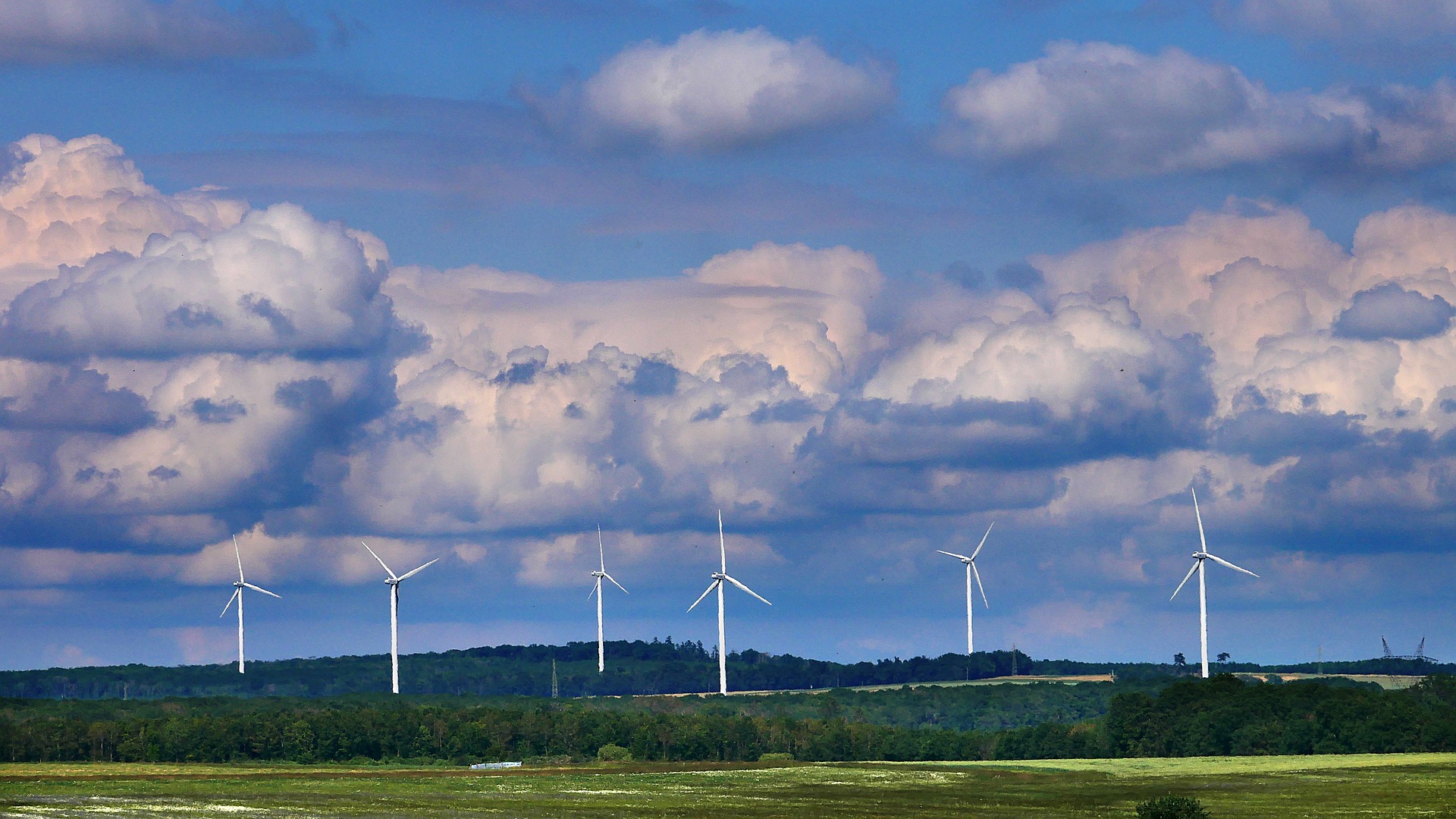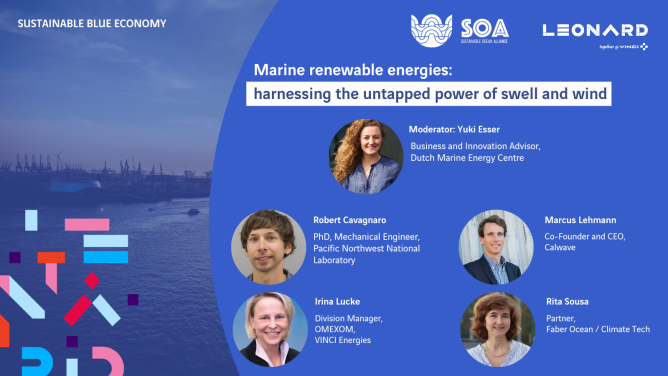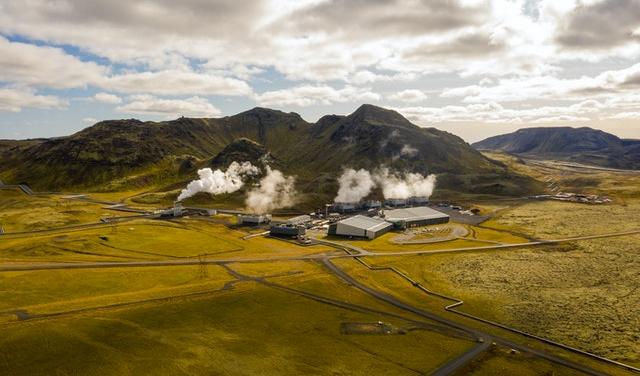
Central to the energy transition
While the development of renewable energy is a priority for the energy transition, wind power is one of the most mature and promising technical solutions. According to the latest IPCC report, wind power – along with solar – is the main solution for climate change mitigation. It’s estimated that around 4Gt of CO2 equivalent emissions could be avoided with wind power by 2030. It’s also the renewable energy source that is experiencing the strongest growth, with a 17% jump in production in 2021. However, despite these encouraging figures, we mustn’t ignore the strong regional disparities: in 2021, 70% of sector growth was driven by China, while production stagnated in Europe.
Overcoming the NIMBY effect
Wind farm developments face a bit of a paradox: while public acceptability of wind power is generally very high (in France, 73% of people support its development), projects often come up against local opposition. Wind power is a perfect example of the “Not In My Backyard” (NIMBY) phenomenon, in which certain people oppose proposed developments if they are too close to their homes. The CESE (Conseil Économique Social et Environnemental Français, the French Economic, Social and Environmental Council) published a rather comprehensive guide on the matter, with the aim being to promote the acceptability of wind power projects. It’s based on three main points: to include wind power in a clear regional development trajectory (energy, environmental and health education, fair effort sharing, etc.), to work in consultation with local communities to promote trust, and finally, to define a balanced and fair economic model (local economy, tax benefits, etc.).
Wind power takes off
Onshore wind farms which greedily take up land face political opposition when up against the more reliable, stronger sea winds which make offshore wind power the most promising avenue for the sector. According to Rita Sousa, partner at the Faber Ocean/Climate tech fund, the market should reach $87 billion by 2026, for an annual growth rate of 13%. What’s more, the rapid development of floating wind turbines means wind farms can be built in areas whatever the depth of the seabed, thus capturing wind’s energy potential wherever it may be. This offshore race – in which there is no theoretical limit to the turbine size – is thus leading into a race for the biggest turbine. The largest offshore wind turbine is currently being developed by China Three Gorges Corporation and Goldwind Technology. With a rotor diameter of 252m, a single unit could produce 66 million kWh per year – the equivalent of 36,000 households.
A (newly) competitive energy
Improved technology solutions and economies of scale have radically reduced wind energy’s bill. Between 2010 and 2019, the cost of wind energy fell by 55% – a trend which is expected to continue. Meanwhile, fossil fuels have experienced a dramatic price increase. This situation should enable wind power to be profitable for the first time in France in 2022, and bring in nearly €3.7 billion to the State, which could pay back its investments by 2024! As such, the French bill to accelerate the production of renewable energies aims to facilitate the development of PLUs (plan local d‘urbanisme, local land plans) and to increase financial incentives in order to promote development in the sector. It’s a logical step, considering that in France alone, wind power represents 18,000 jobs, according to ADEME.
Giant, small or bladeless: wind turbine innovations
While giant turbines are in an unprecedented race for power, this is not the only area of innovation in wind power. Small bladeless wind turbines are also muscling in on the action. Take the Skybrator, which uses the movement of vibration to generate energy, or Alpha311 which describes itself as a “local” turbine. Others attempt to capture high winds using so-called “airborne” turbines. While Makani’s promising kites may not have not survived the economic crunch, they did act as pioneers for a nascent sector that’s now embodied by startups like SkySails. Meanwhile, Wind Harvest focuses on an opposing technique, exploiting relatively mild winds thanks to a vertical turbine. Innovation is also focussed on reducing noise and visual pollution caused by traditional wind turbines. Take the Eco Whisper turbine, which aims to reduce the noise and vibration of three-bladed wind turbines. In a similar vein, a simple coat of black paint on one of the blades has enabled the Smøla solar farm in Norway to reduce the number of birds killed by its turbines by 70%!
Recyclability: a thorn in the side?
Photos of old, obsolete wind turbines being buried have made headlines around the world. And for good reason: recycling wind turbines at the end of their life is a major challenge for the sector. Offshore turbines have a life expectancy of between 15 and 30 years, before being dismantled. The masts and the foundations (steel and concrete respectively) are quite easily recyclable. However, it’s the rotors and particularly the blades that currently pose a problem. The latter are in fact made up of composite materials (fibreglass, carbon and resins) which are difficult to separate. However, laws are changing. In France, a decree of June 2020 requires that 90% of the total mass of wind turbines and 35% of the rotors (blades included) must be recycled. These figures will increase to 95 and 55% by 2025. Manufacturers are having to adapt their products to meet the new challenge. As such, Siemens Gamesa created the RecyclableBlade, which is based on a new resin which has the property of being reversible and separates once immersed in an acidic solution. For a more concrete example, turbines can be recycled into street furniture, such as in Aalborg in Denmark where they’ve been turned into bike shelters.
From a technical, political or economic point of view, the stars now seem to have aligned in favour of wind energy, which is the least polluting of the renewable energies throughout its entire life cycle, after hydro power. After a long gestation period, it now seems ready to compete with fossil fuels on a global scale.
This article is selected from Leonard’s bi-monthly newsletter. Subscribe to receive the full version.


